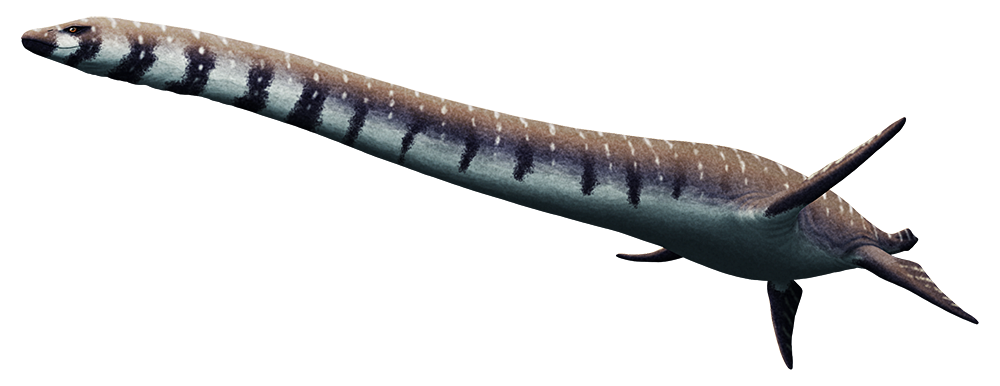Elasmosaurids are often depicted with noodly snake-like or swan-like necks, but they were probably actually quite stiff and inflexible in life. And while we know from fossilized gut contents that they ate relatively small prey like fish, crustaceans, and cephalopods, exactly how they used their distinctive long necks is still uncertain.
There’s some variation in the sizes and shapes of their teeth, so it’s likely each species was specialized for slightly different feeding styles – we’ve even found a filter-feeding one! – and the recently-named Leivanectes bernardoi here adds in a little more diversity, too.
Living about 115-112 million years ago during the mid-Cretaceous of Colombia, Leivanectes would have been fairly large at around 9m long (29′6″), slightly bigger than the other elasmosaurid species known from the same ancient marine deposits. It had a reduced number of teeth in its jaws, but these teeth were also proportionally larger, suggesting that it may have been tackling bigger tougher prey than its relatives.
Unfortunately it’s currently only known from a single partial skull, so we don’t have any other clues about its ecology.

